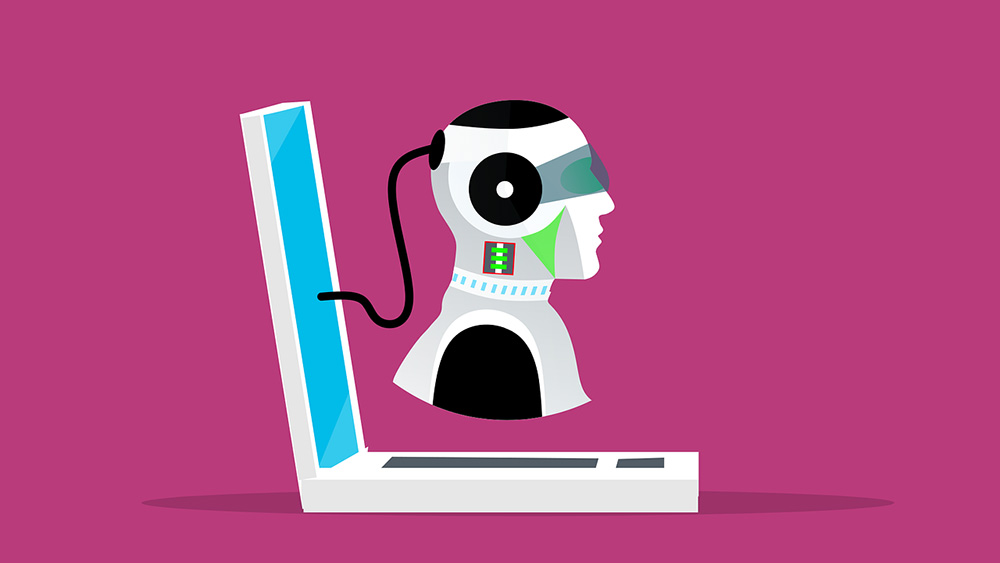Mohamed Hassan
So here’s the deal: We’ve all been hearing about AI for a while now, but things have recently kicked up a notch. AI agents aren’t just some futuristic concept. They’re showing up everywhere—from your online shopping cart to hospital reception desks. And they’re not just answering questions or reminding you to drink water. They’re getting involved in real work.
|
ADVERTISEMENT |
According to Roots Analysis, the AI agents market is growing fast—we’re talking from $5.29 billion in 2024 to a whopping $216.8 billion by 2035. That’s an insane jump.
So, what’s behind this growth? And more important, are these AI agents living up to the hype?
What even is an AI agent?
Let’s break it down. You’ve probably used Siri, Alexa, or something similar. That’s the basic stuff. But modern AI agents? They’re a whole different game. These systems are learning, evolving, and taking on tasks that used to need human smarts, sometimes even empathy.
…

Add new comment